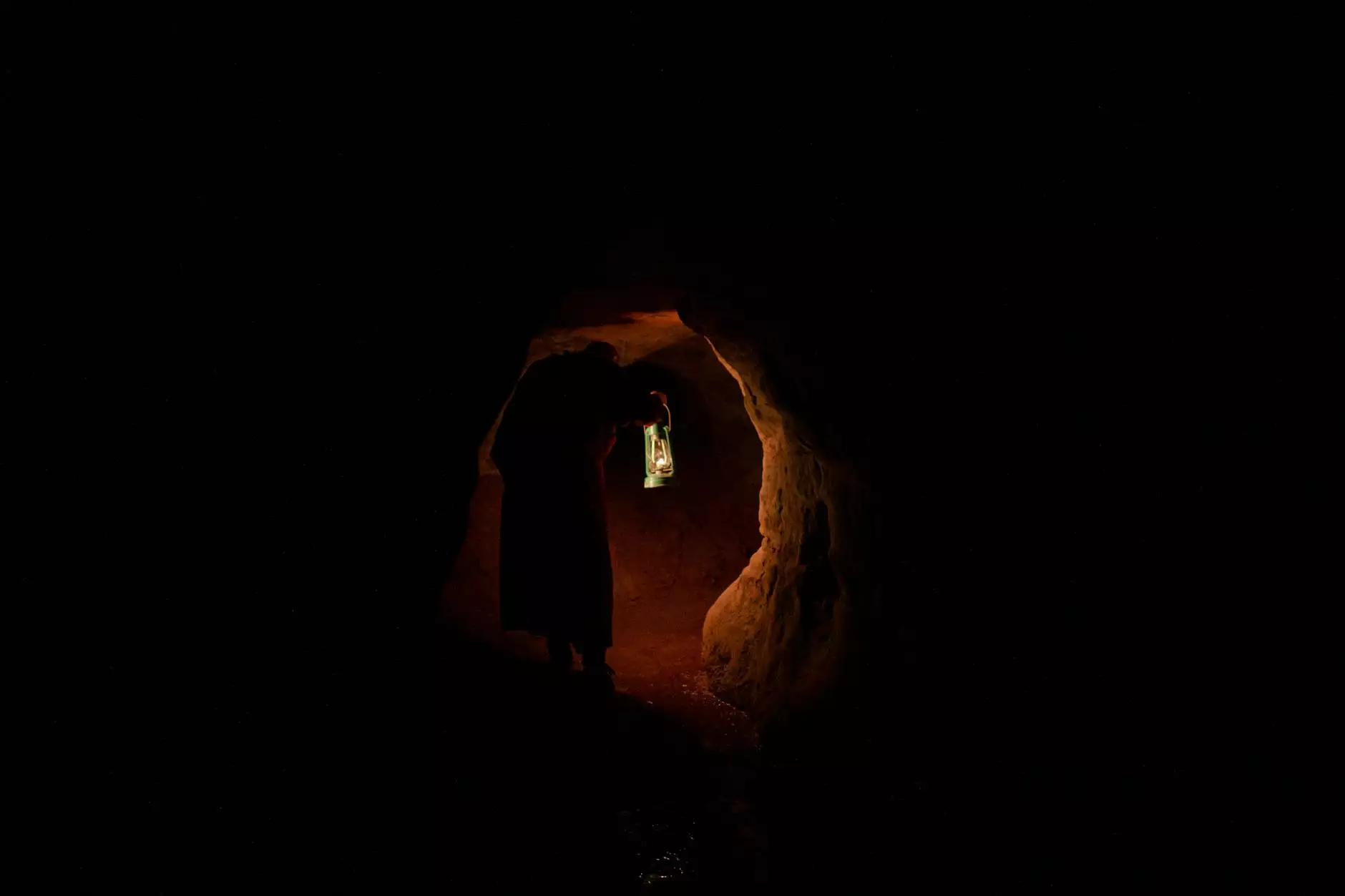Lung Cancer Screening: A Vital Step in Early Detection

Lung cancer remains one of the leading causes of cancer-related deaths worldwide. With the increasing incidence rates and high mortality associated with this disease, lung cancer screening has emerged as a crucial practice in the early detection and successful treatment of lung cancer. This article delves into the significance, methods, and implications of lung cancer screening, emphasizing how it can potentially save lives.
Understanding Lung Cancer
Lung cancer primarily originates from the lungs but can spread to other parts of the body. It is commonly classified into two major types:
- Non-small cell lung cancer (NSCLC): The most common type, accounting for approximately 85% of cases.
- Small cell lung cancer (SCLC): Known for its aggressive nature and rapid growth, comprising about 15% of lung cancer cases.
The risk factors associated with lung cancer include:
- Smoking: Cigarette smoking is the primary cause of lung cancer.
- Environmental factors: Prolonged exposure to radon gas, asbestos, and air pollution can increase risk.
- Family history: A genetic predisposition may contribute to one's risk of developing lung cancer.
The Importance of Lung Cancer Screening
Early detection of lung cancer significantly improves treatment outcomes and survival rates. Here’s why lung cancer screening is essential:
- Increased Survival Rates: Studies show that early-stage lung cancer has a survival rate of over 50% when detected promptly.
- Simple and Non-invasive Methods: Modern screening techniques are easily accessible and can be performed with minimal discomfort.
- A Proactive Approach: Regular screenings promote a preventive healthcare mindset, encouraging individuals to take charge of their health.
Methods of Lung Cancer Screening
The most widely accepted method of lung cancer screening is through screening Low-Dose Computed Tomography (LDCT) scans. Let’s explore how it works:
Low-Dose Computed Tomography (LDCT)
LDCT is a specialized imaging technique that uses lower doses of radiation to create detailed images of the lungs. This method is proven to detect lung cancer in its early stages when it is most treatable. The process involves:
- Preparation: Patients may be advised to avoid wearing jewelry or clothing with metal zippers on the day of the scan.
- Scanning Process: The scan generally lasts about 15-30 minutes. Patients are asked to lie down while the machine takes images from various angles.
- Results: Patients usually receive results within a few days, with follow-up recommendations if any abnormalities are detected.
Who Should Get Screened?
Not everyone requires lung cancer screening. The following individuals are generally recommended for screening:
- Adults aged 50-80 who have a history of heavy smoking (30 pack-years).
- Current smokers or those who have quit within the past 15 years.
- Individuals with a significant exposure history to harmful substances that may increase lung cancer risk.
Interpreting the Results
After undergoing a LDCT scan, understanding the results is crucial. The possible outcomes are:
- Negative Scan: If no abnormalities are found, the patient may be advised to continue regular check-ups.
- Suspicious Nodules: If nodules are detected, further evaluation may be required, typically through follow-up scans or biopsies.
- Positive Diagnosis: If lung cancer is diagnosed, a multidisciplinary approach is vital for determining the best course of treatment.
The Role of Healthcare Providers
Healthcare providers play a critical role in the lung cancer screening process. They must assess patient risk factors, discuss the benefits and limitations of screening, and ensure that patients understand what to expect during and after the screening process.
Patient Education
Educating patients about lung cancer and the screening process is paramount. Effective communication can help alleviate anxiety and empower patients to participate actively in their healthcare decisions. Providers can offer resources, brochures, and suggest reputable websites—like Hello Physio—that provide comprehensive information on lung health.
Overcoming Barriers to Screening
Despite the importance of lung cancer screening, several barriers may prevent individuals from getting screened, including:
- Lack of Awareness: Many people may not know about the benefits of screening or that they are eligible.
- Cost and Accessibility: Financial constraints and limited access to healthcare facilities can deter individuals from seeking screening.
- Fear and Anxiety: Concerns regarding the outcomes of screening tests can lead to avoidance.
Addressing these barriers requires concerted efforts from healthcare systems, government campaigns, and community outreach programs, fostering an environment where screening is normalized and accessible.
The Future of Lung Cancer Screening
Advancements in technology and research continue to shape the future of lung cancer screening. Emerging techniques such as liquid biopsies and genetic marker testing hold promise for more accurate and earlier detection of lung cancer. Continued emphasis on research and funding will be essential in developing these innovative methods.
Conclusion
In conclusion, lung cancer screening is a vital component of preventive healthcare that significantly impacts patient outcomes. By understanding the importance of early detection, embracing screening technologies like LDCT, and working to eliminate barriers, we can work towards reducing lung cancer mortality rates. It is imperative for individuals to consult with healthcare providers regarding their risk factors and eligibility for screening, empowering themselves with knowledge and proactive health measures.
Take Action Today!
Do not wait for symptoms to manifest—take the initiative to discuss lung cancer screening with your healthcare provider today. Early detection could save your life. For more detailed information on lung health and screening options, visit Hello Physio.









